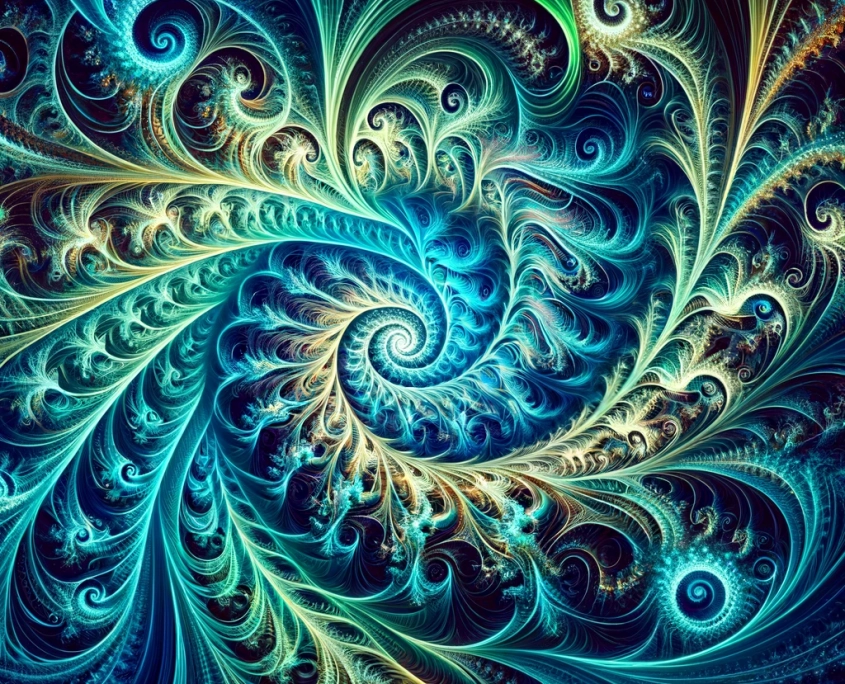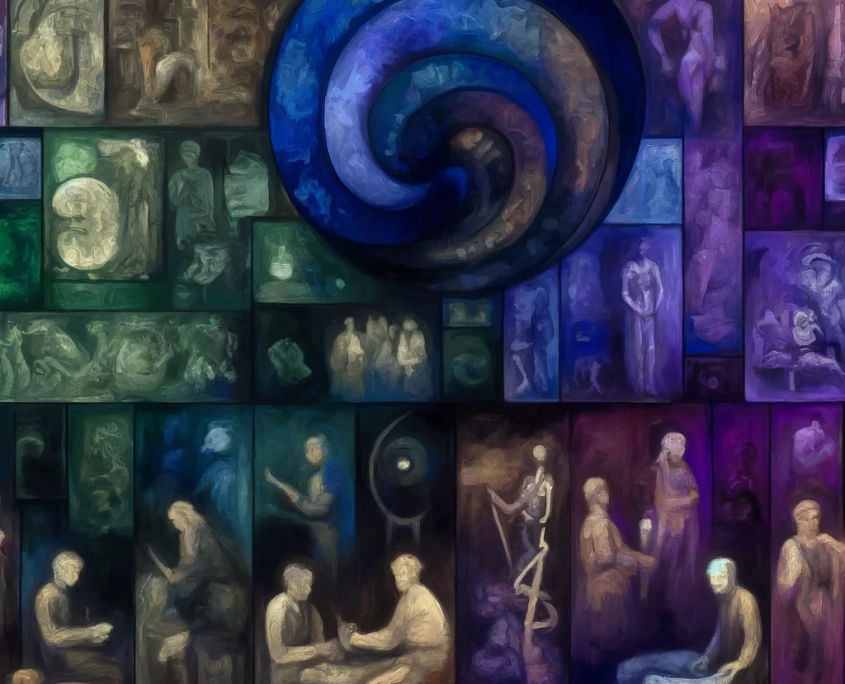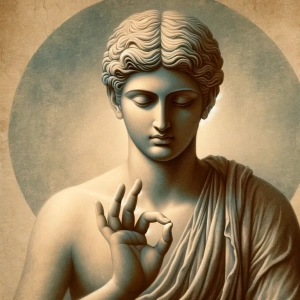Sublime Energy: Harnessing the Power of Ki for Mind-Body Harmony

The Book of Ki, authored by Koichi Tohei, serves as a comprehensive guide to understanding and harnessing the vital life force known as Ki. Drawing upon Eastern philosophies and practices, Tohei explores the concept of Ki and its profound impact on our physical, mental, and spiritual well-being. This essay aims to provide an academic analysis of the book, delving into its key themes, practical applications, and the transformative potential it holds for individuals seeking to coordinate their mind and body in daily life.
Section 1: Exploring the Concept of Ki
The Essence of Ki
To understand the teachings of the Book of Ki, it is essential to grasp the essence of Ki itself. This section examines the book’s definition of Ki as a universal life force energy that permeates all living things. It explores the connection between Ki and the breath, highlighting the role of proper breathing techniques in cultivating and directing this vital energy.
Ki in Eastern Philosophies
The concept of Ki has deep roots in Eastern philosophies such as Zen, Taoism, and traditional Japanese martial arts. This section explores the historical and cultural context surrounding the understanding and significance of Ki in these traditions. It delves into the philosophical underpinnings that inform Tohei’s teachings, emphasizing the unity of mind and body and the cultivation of harmony within oneself and with the surrounding environment.
Section 2: Practical Applications of Ki Coordination
Ki Coordination in Daily Life
Tohei’s teachings in the Book of Ki emphasize the practical application of Ki coordination in daily life. This section delves into the methods and exercises outlined in the book, focusing on the integration of mind and body to enhance physical performance, mental clarity, and emotional well-being. It explores how conscious awareness and intentional use of Ki can positively influence various aspects of life, including work, relationships, and personal growth.
Ki in Martial Arts and Sports
The Book of Ki explores the application of Ki principles in martial arts and sports. This section examines how the coordination of mind and body through Ki allows practitioners to achieve optimal performance, efficiency, and effectiveness in their physical endeavors. It explores the concept of “mind like water” and the importance of relaxed concentration in attaining a state of flow and peak performance.
Ki in Meditation and Spiritual Development
Beyond physical coordination, the Book of Ki also delves into the spiritual dimensions of Ki. This section explores how the cultivation of Ki can deepen one’s meditation practice and facilitate spiritual growth. It examines the concept of “one-point” and the importance of developing a focused, centered mind for greater self-awareness and connection to the larger universe.
Section 3: The Transformative Power of Ki Coordination
Physical Benefits of Ki Coordination
Ki coordination practices offer a range of physical benefits. This section discusses how the integration of mind and body through Ki can improve posture, balance, flexibility, and overall physical health. It explores the potential therapeutic applications of Ki coordination, such as stress reduction, pain management, and injury prevention.
Mental and Emotional Well-being
Ki coordination exercises have a profound impact on mental and emotional well-being. This section explores how the harmonization of mind and body through Ki cultivates mental clarity, emotional stability, and resilience. It discusses the role of Ki in managing stress, enhancing focus, and fostering a positive mindset.
Life Transformation through Ki
The Book of Ki highlights the transformative potential of Ki coordination in all aspects of life. This section examines the profound impact that practicing Ki principles can have on personal growth, self-actualization, and the cultivation of harmony within oneself and with others. It discusses how practicing Ki coordination can lead to greater self-awareness, improved communication, and enhanced relationships. By developing a deep connection with one’s own Ki and aligning it with the Ki of the universe, individuals can experience a profound sense of purpose, fulfillment, and interconnectedness.
Conclusion:
The Book of Ki by Koichi Tohei offers valuable insights into the coordination of mind and body through the cultivation of Ki. Through a comprehensive exploration of the concept of Ki, practical applications, and the transformative power it holds, Tohei provides readers with a roadmap for integrating Ki principles into their daily lives. By incorporating Ki coordination practices, individuals can experience improved physical well-being, enhanced mental clarity, emotional balance, and profound spiritual growth.
Tohei’s teachings emphasize the unity of mind and body and the importance of harmonizing oneself with the universal life force energy. By consciously cultivating and directing Ki, individuals can unlock their full potential and achieve a state of balance, flow, and optimal performance in various aspects of life. Whether applied in martial arts, sports, meditation, or everyday activities, Ki coordination has the potential to transform individuals’ lives by fostering holistic well-being, personal growth, and harmonious relationships.
The Book of Ki serves as a valuable resource for individuals seeking to deepen their understanding of Ki and harness its power. By integrating the teachings and practices outlined in the book, individuals can embark on a transformative journey of self-discovery, self-mastery, and a profound connection with the world around them. Through the coordination of mind and body, individuals can tap into the limitless potential of Ki and experience a life of vitality, mindfulness, and inner peace.


